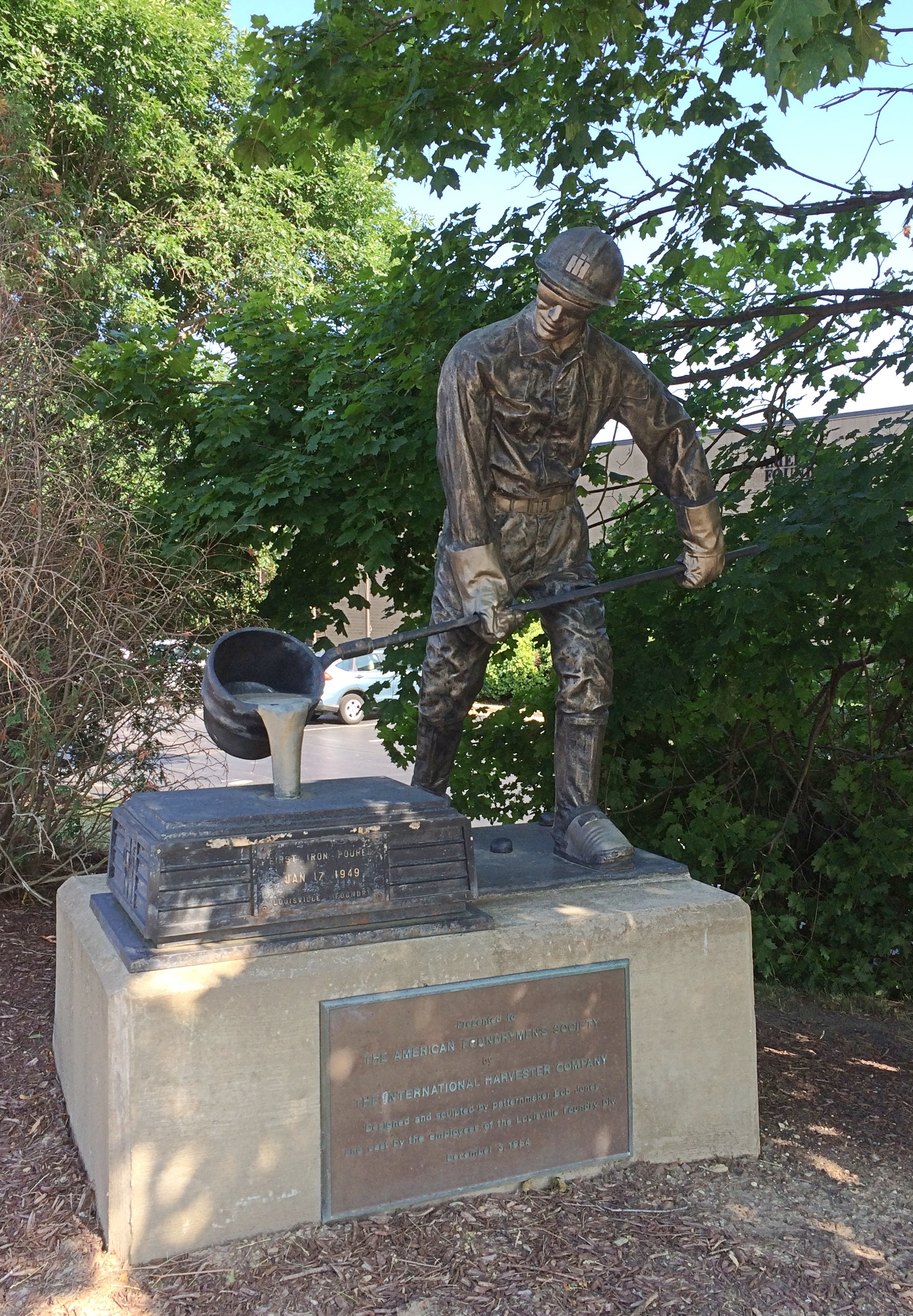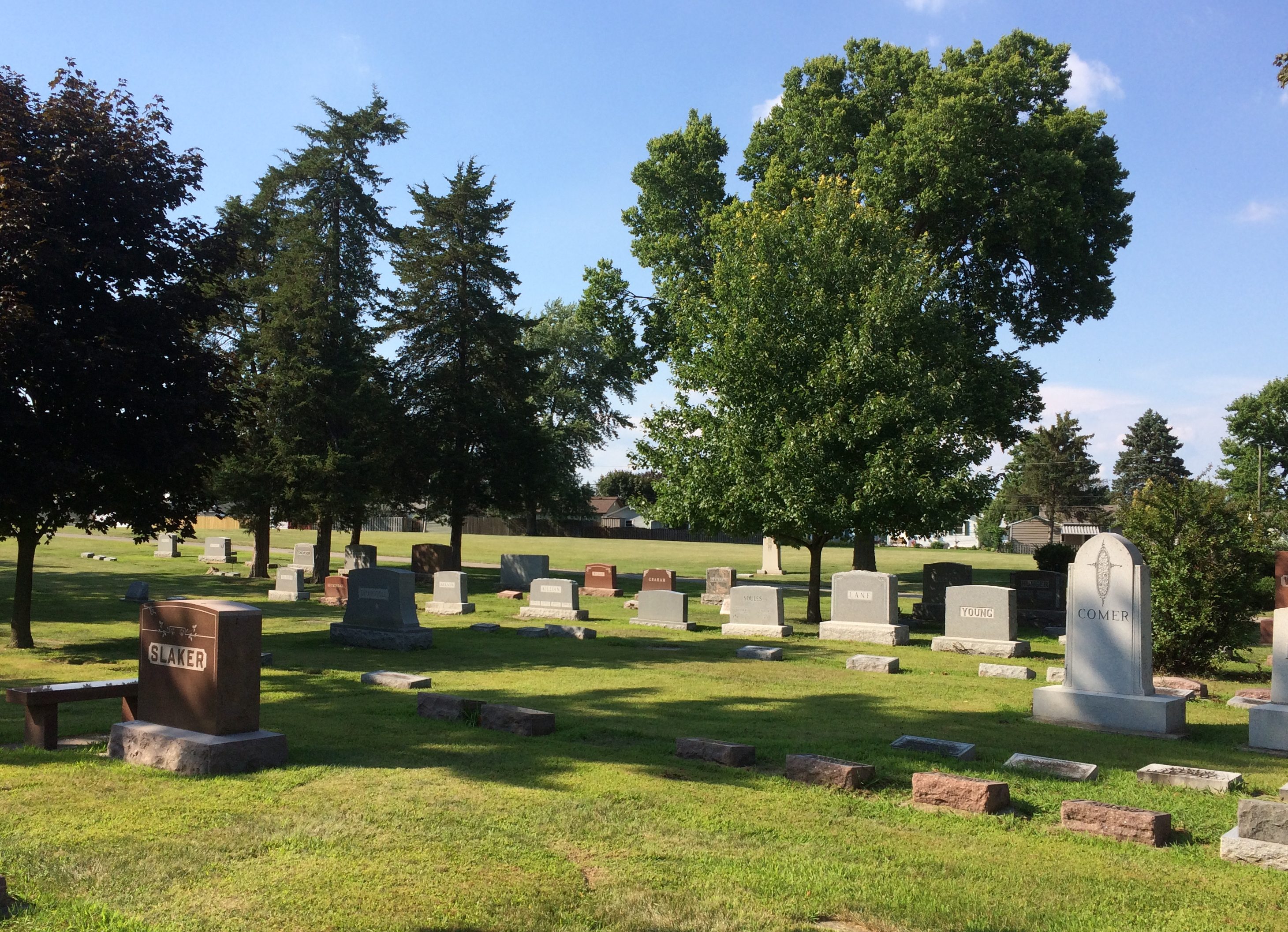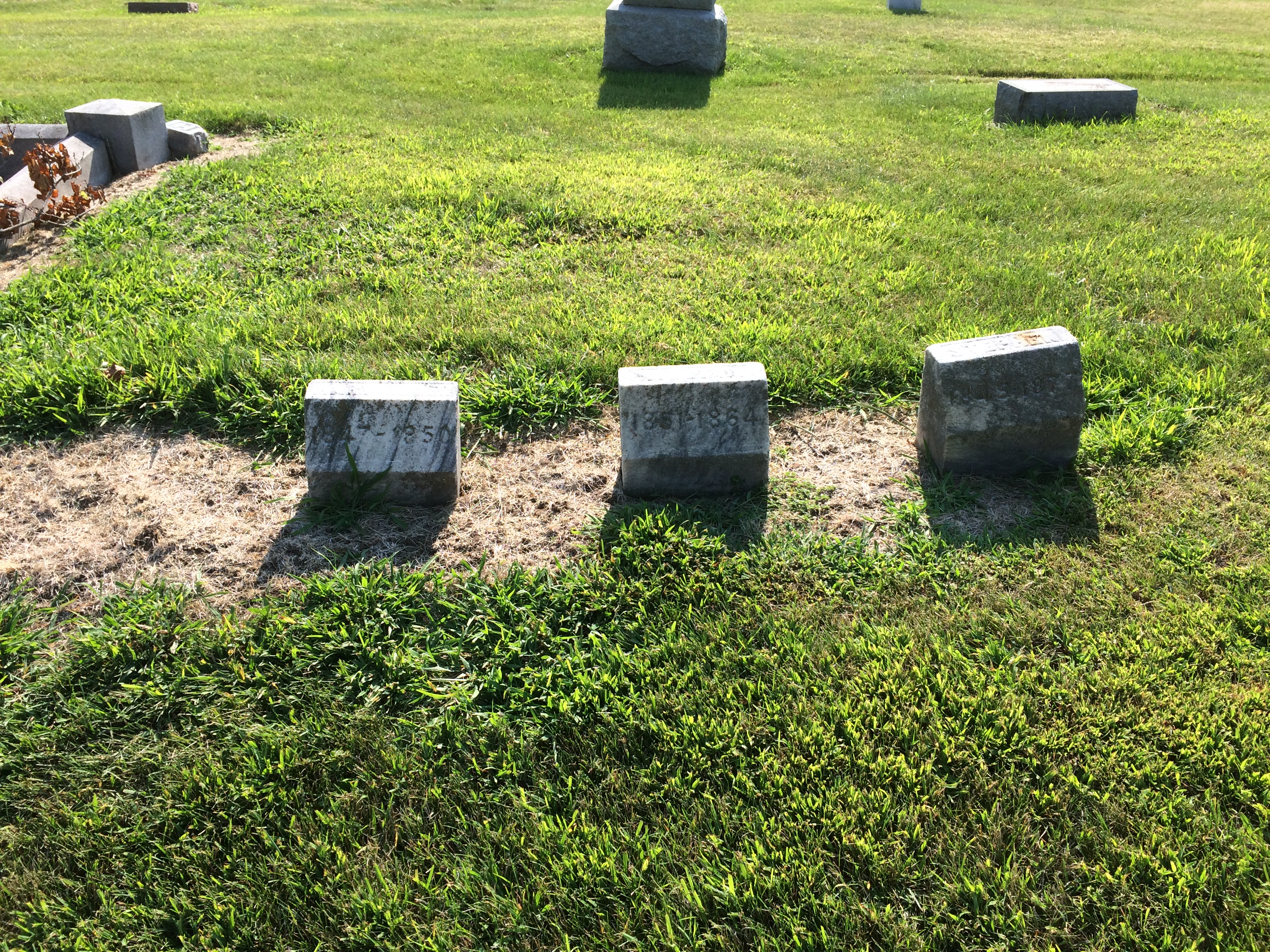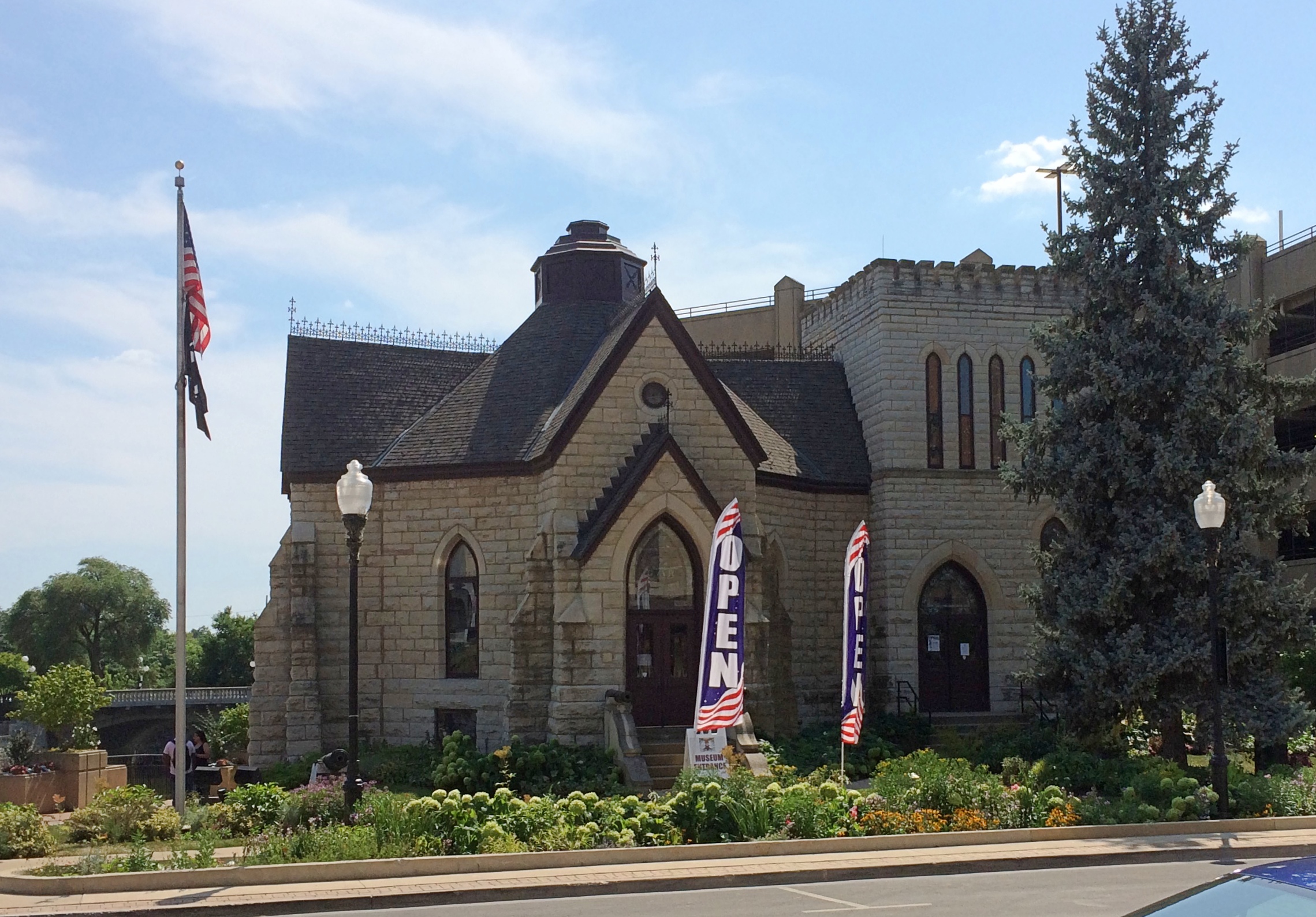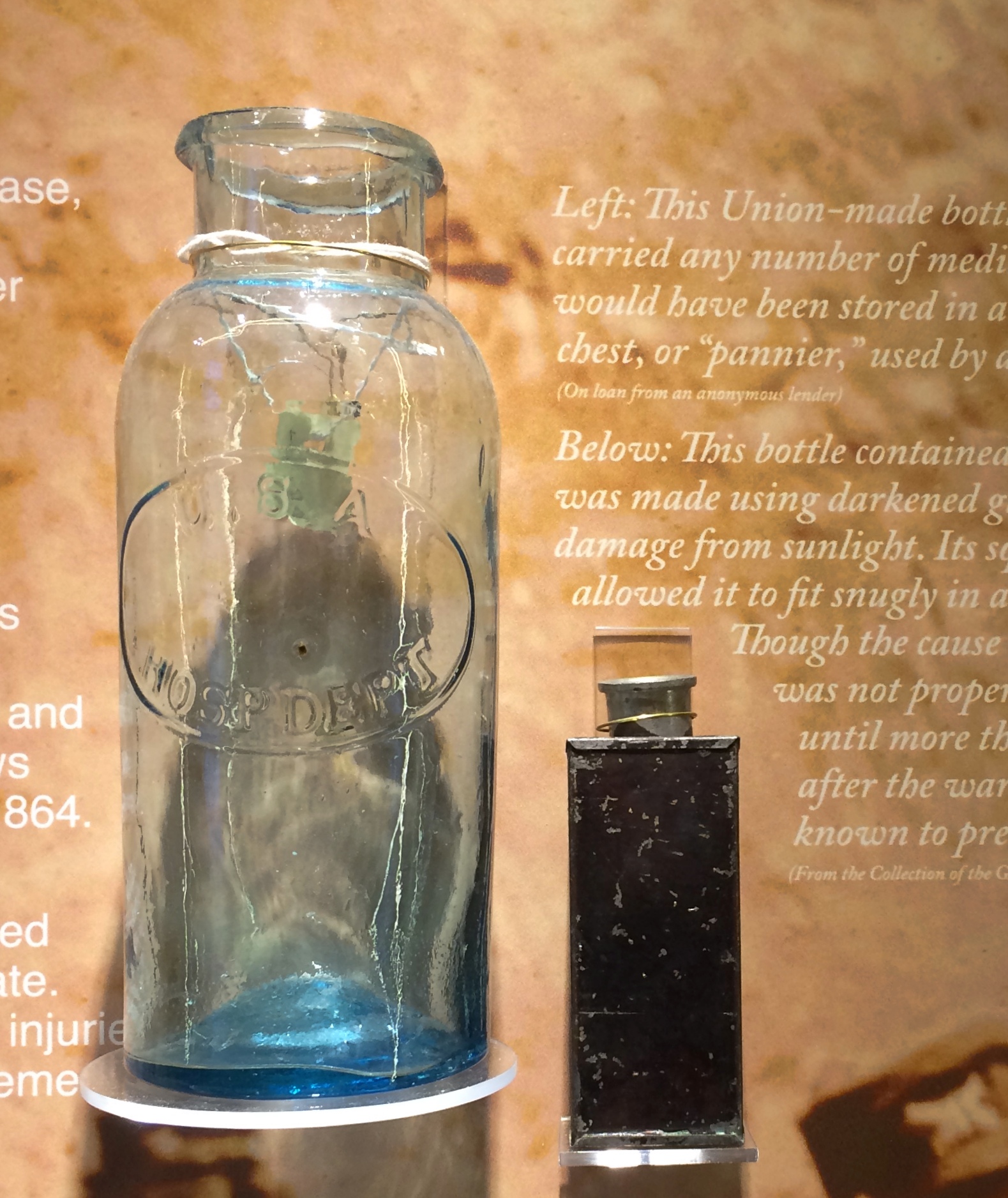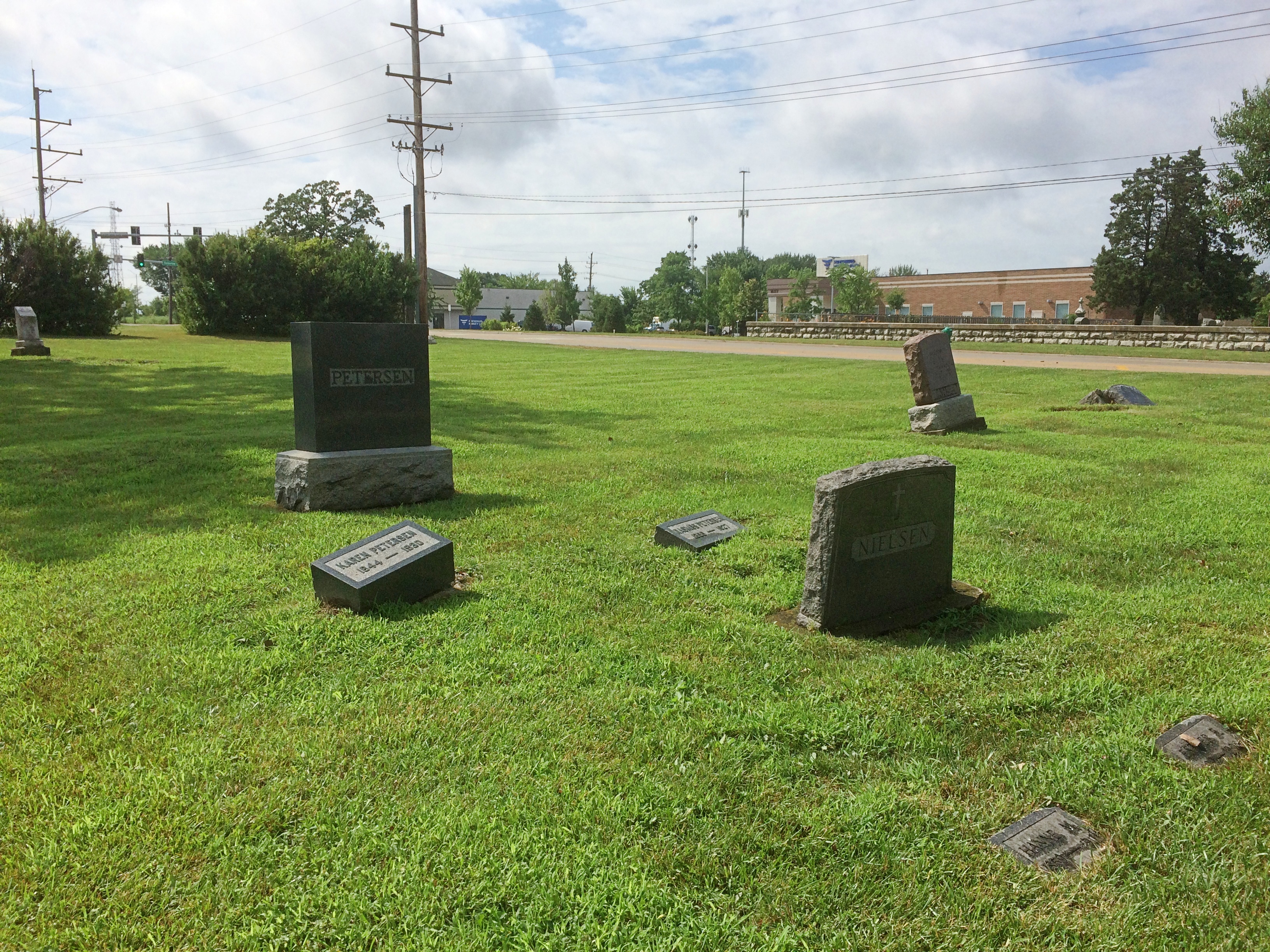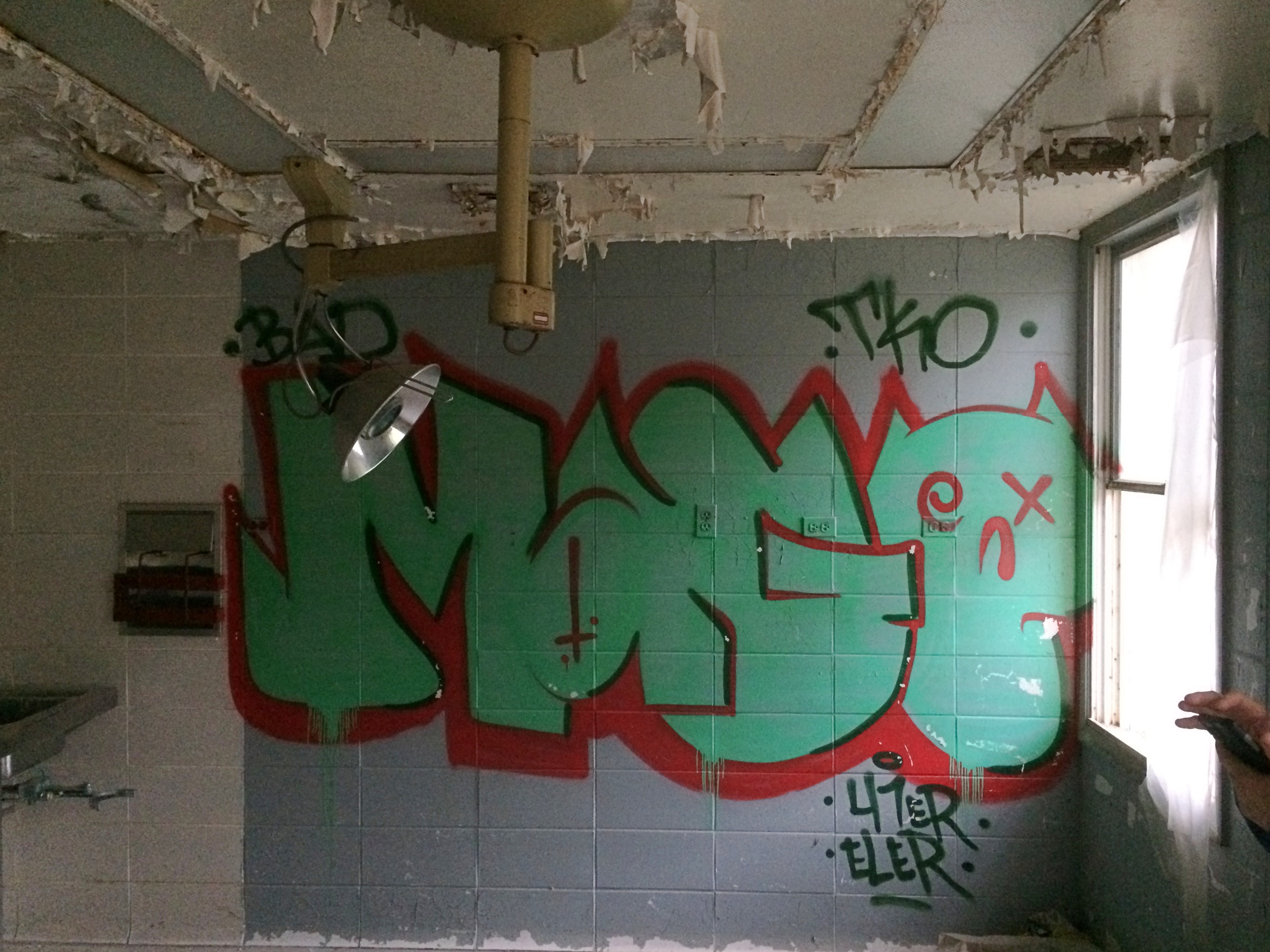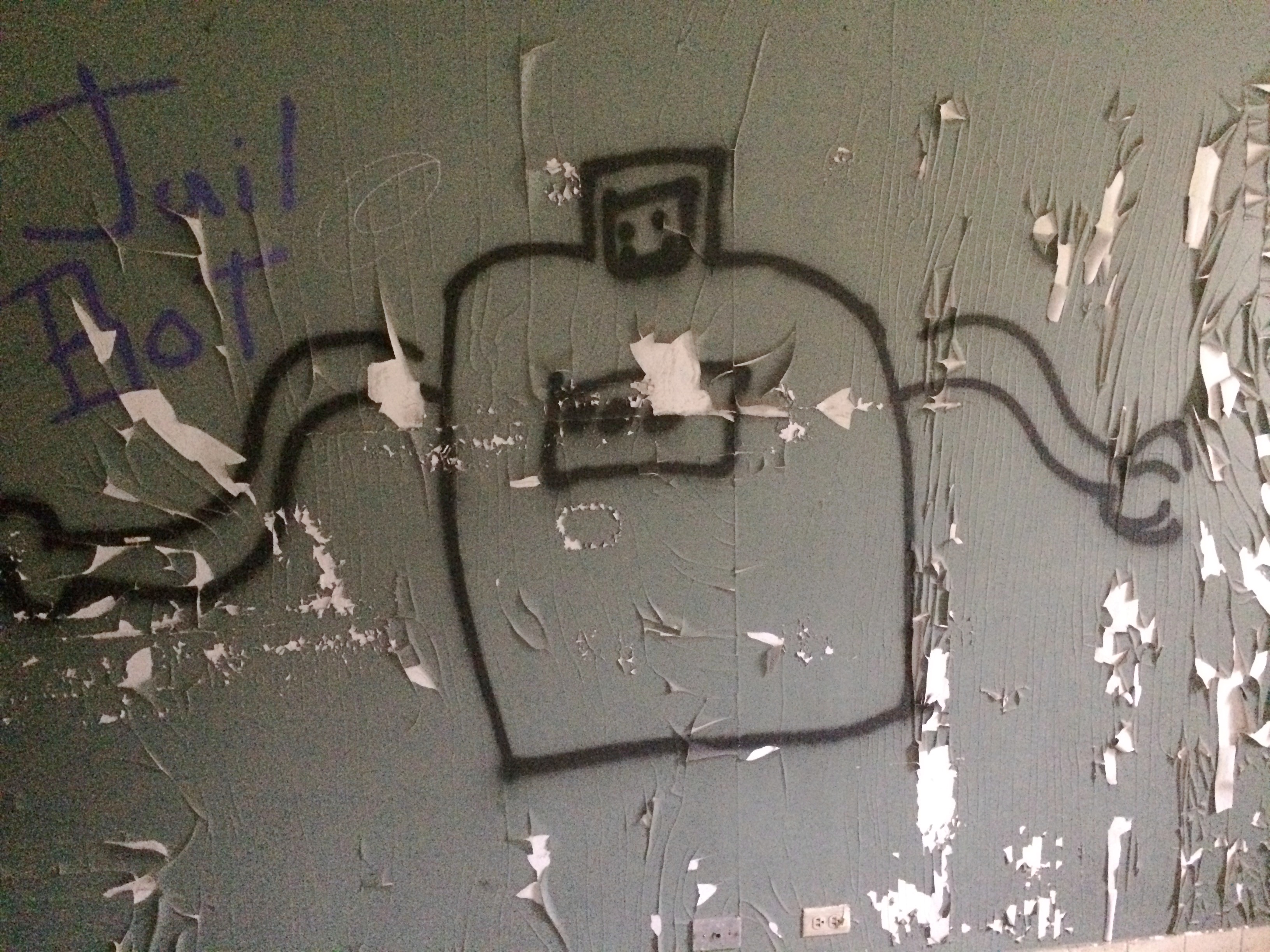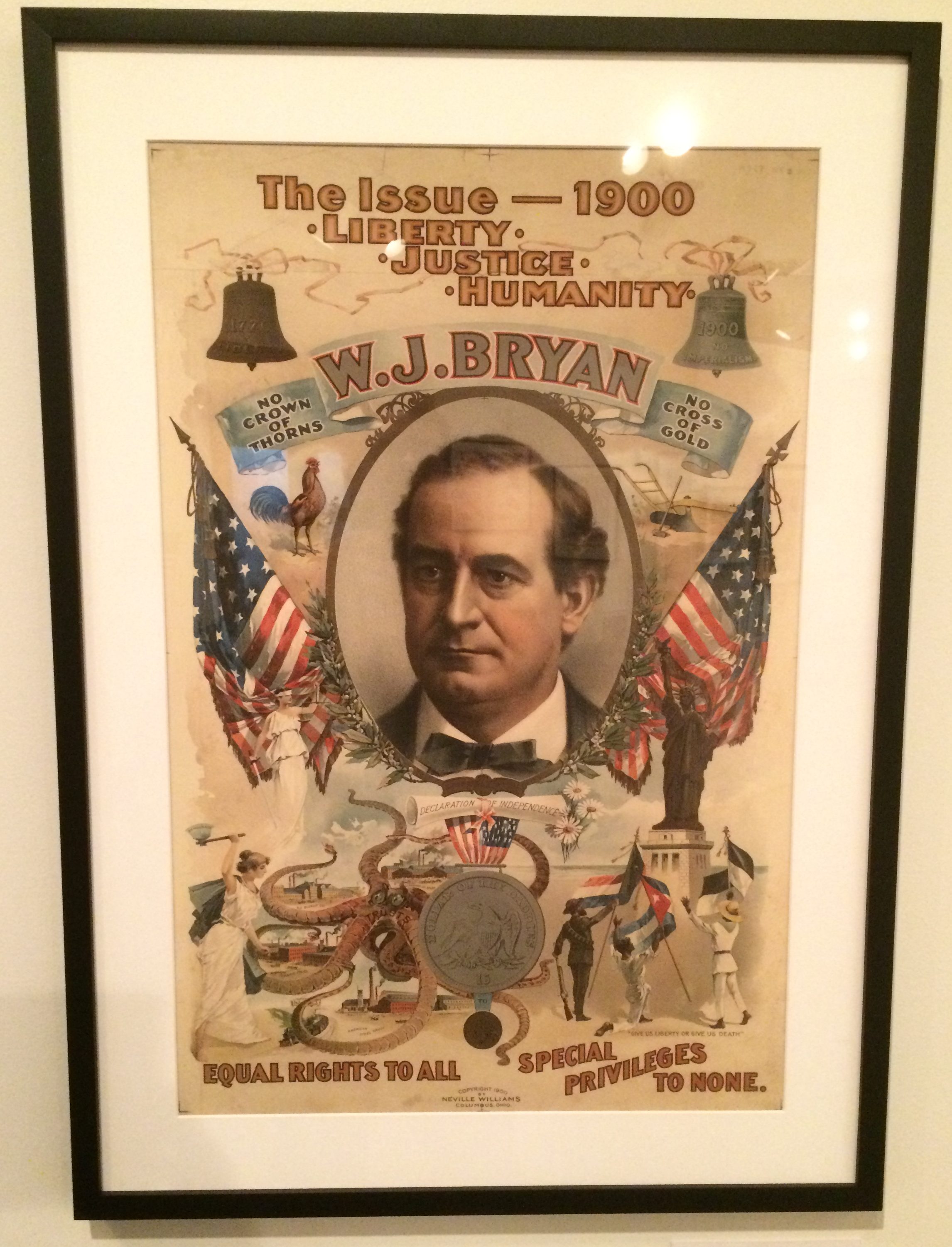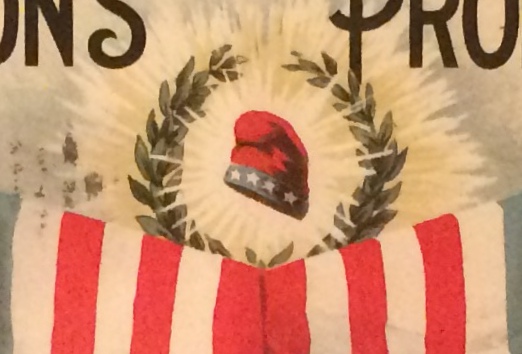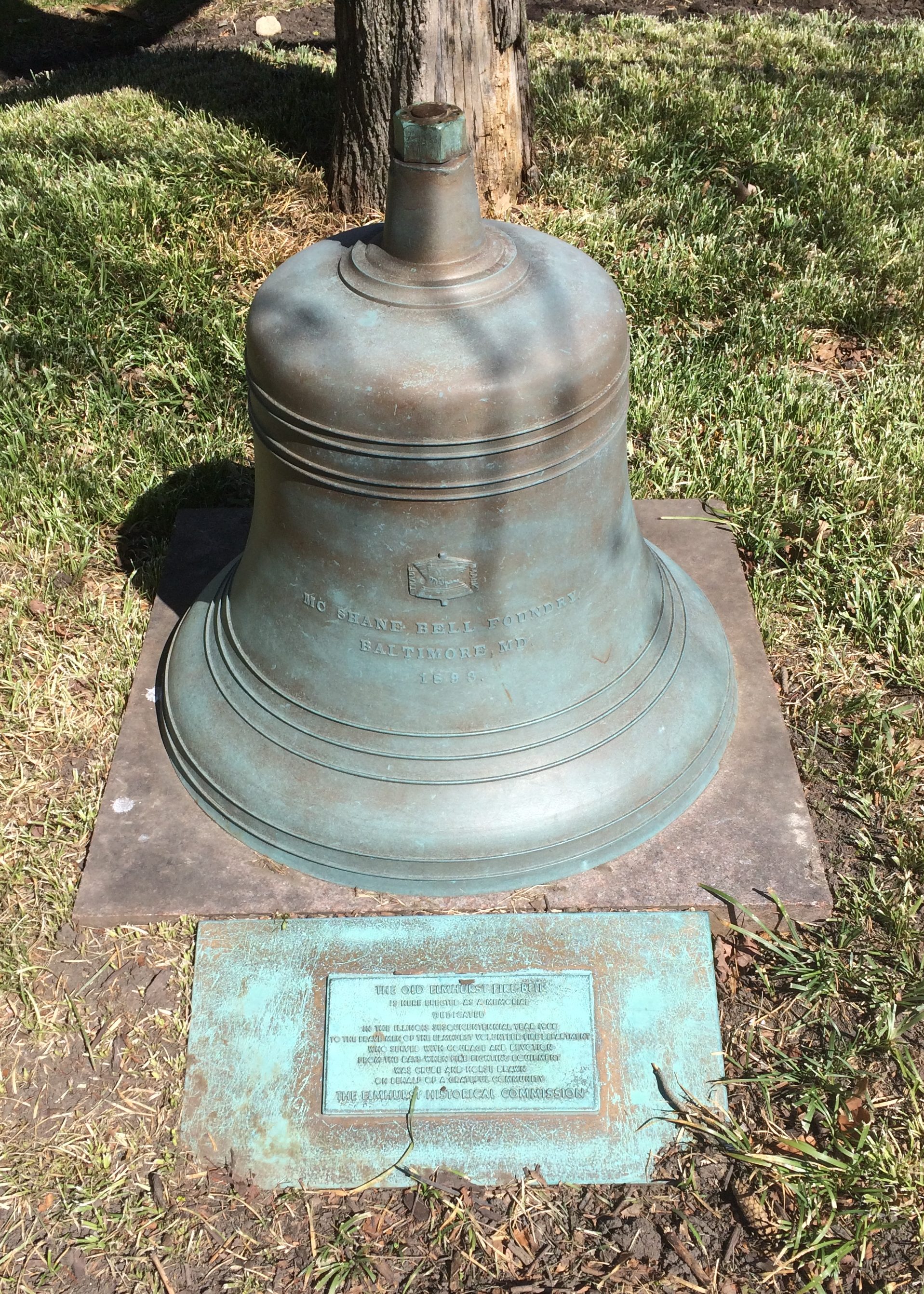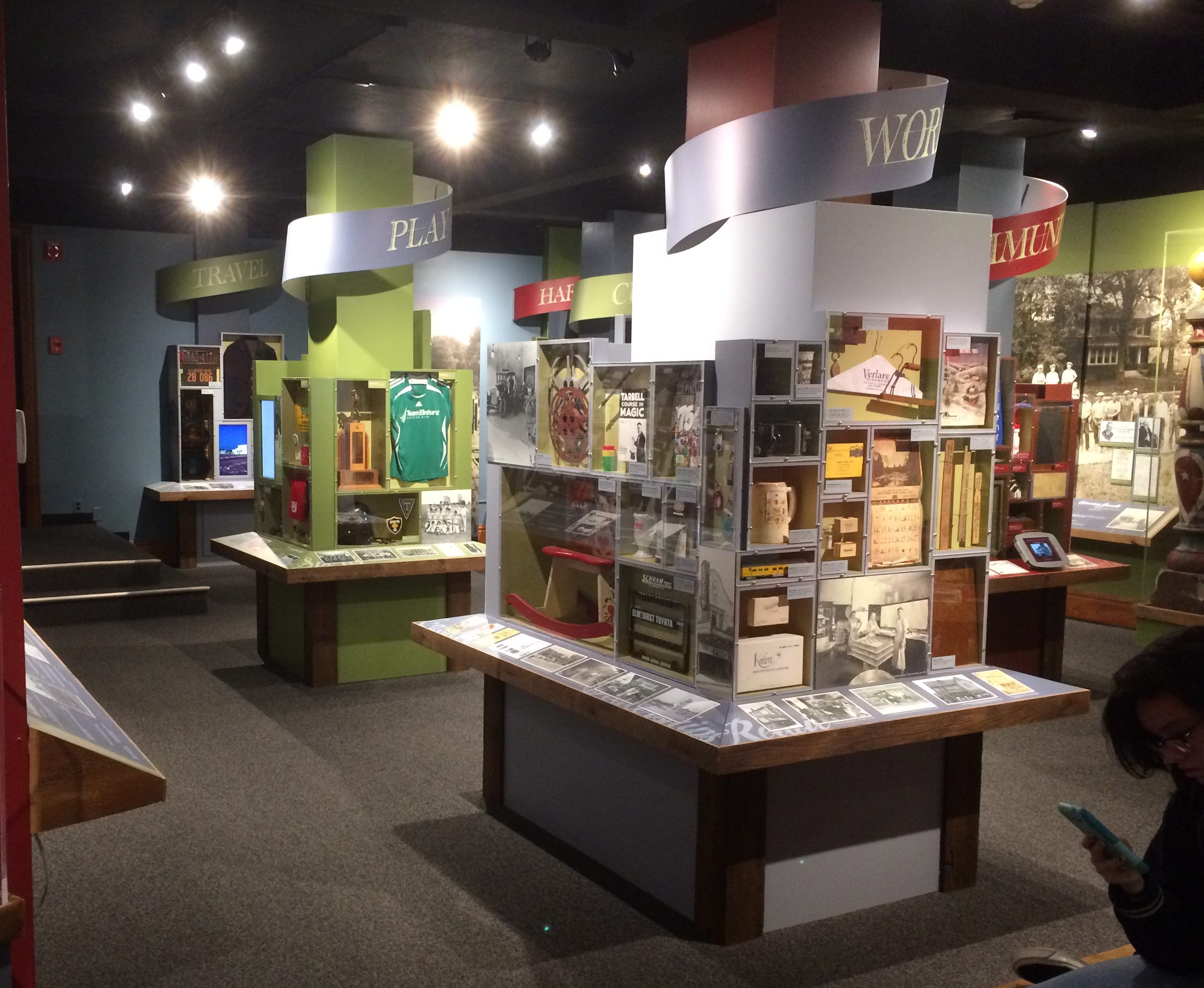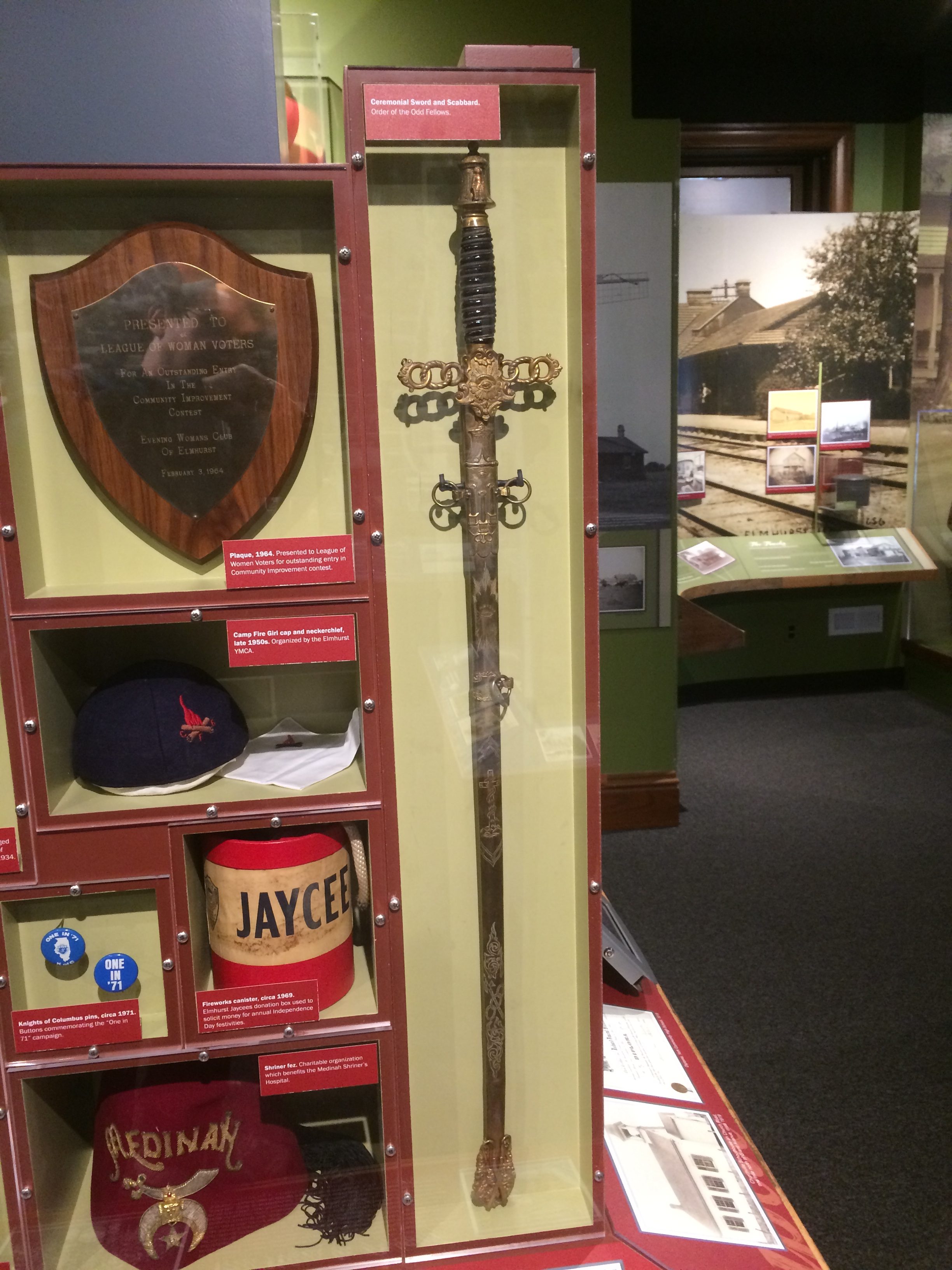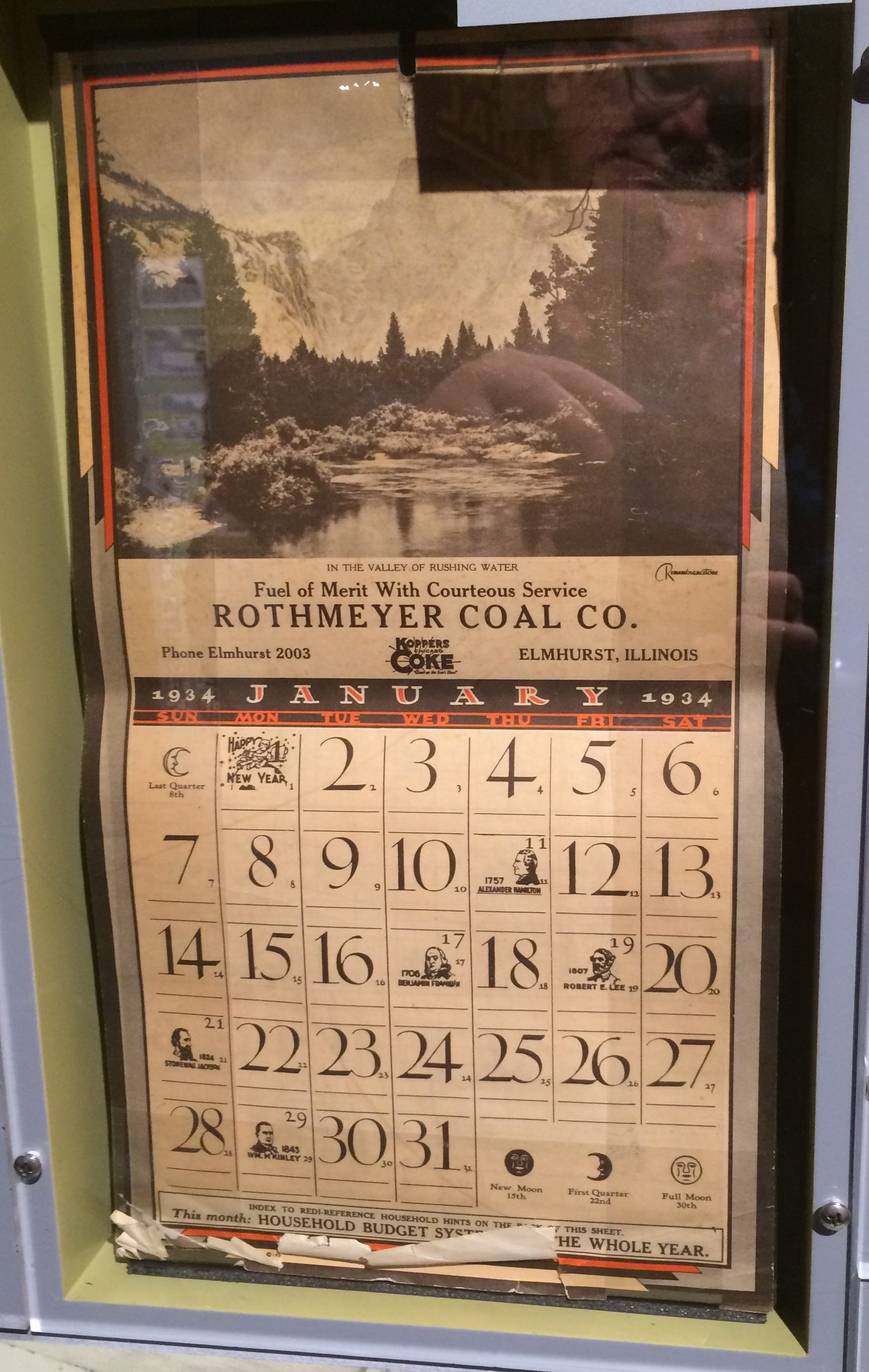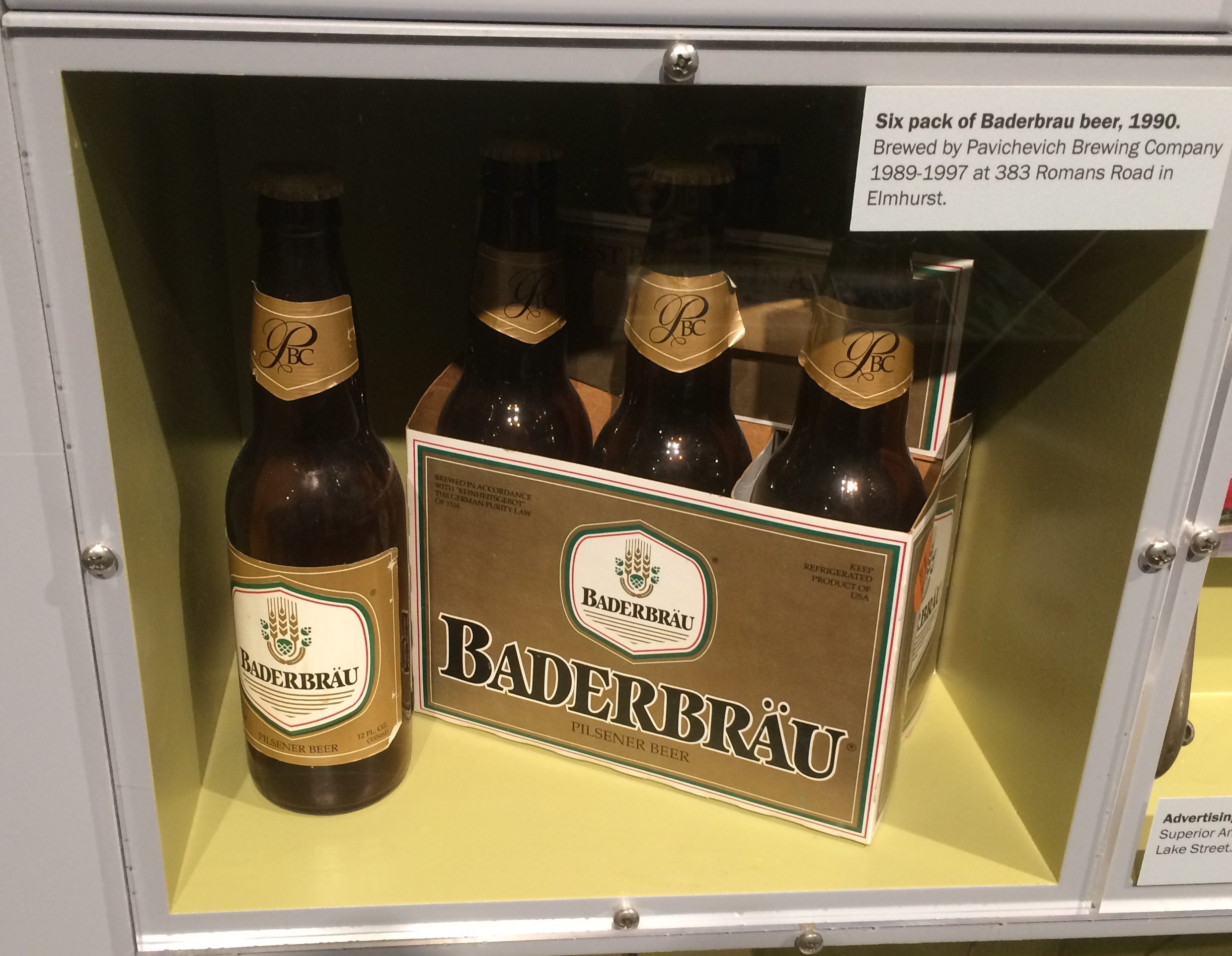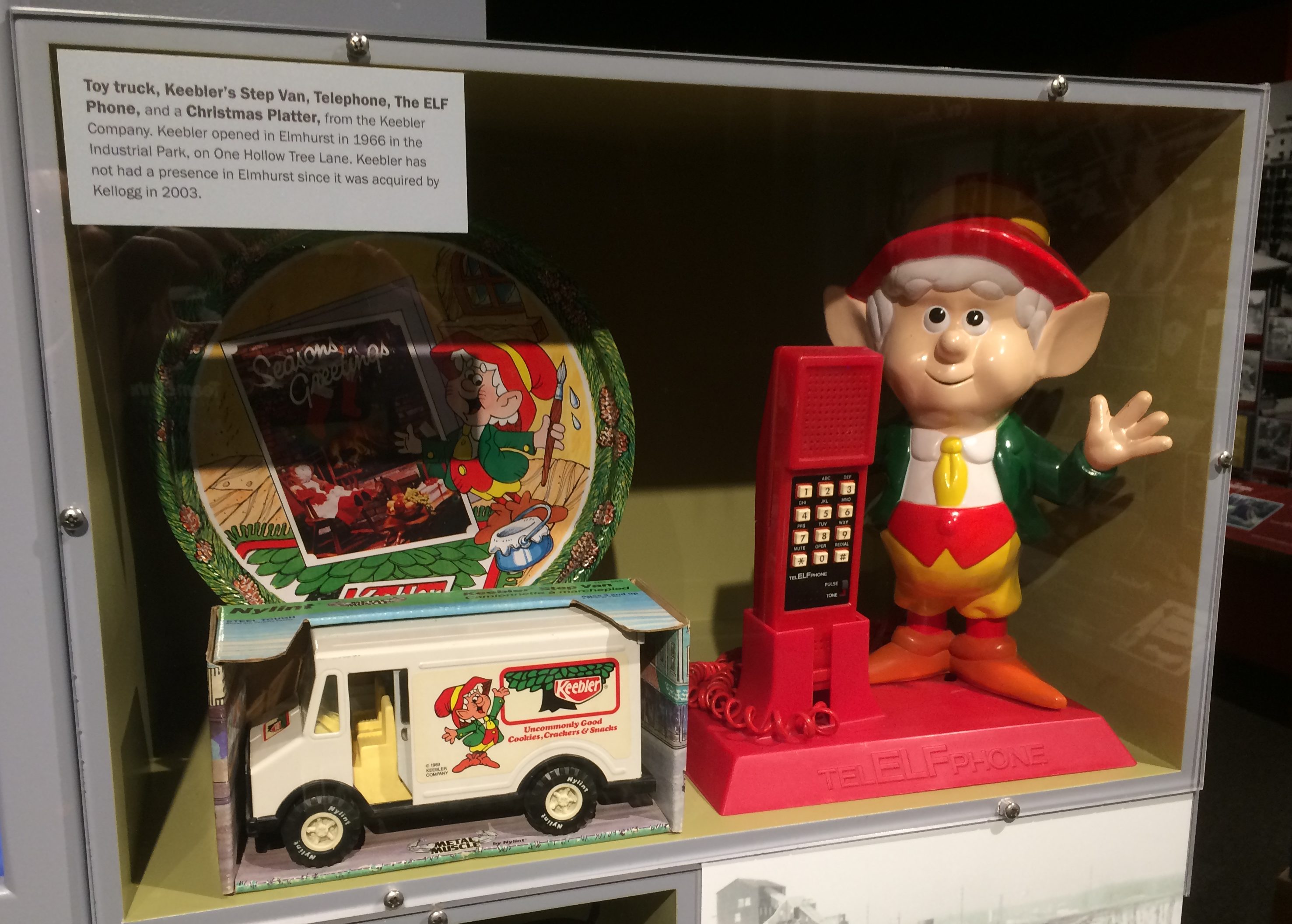RIP, Debbie DeWolf. One Monday morning in 1988, when I was working at the Law Bulletin Publishing Co. in Chicago, the company receptionist — whose name I forget — reportedly called the company long distance from Kansas or Nebraska or the like and said she wasn’t coming to work that day. Or ever again.
Shortly thereafter, a young woman named Debbie DeWolf took her place. She was one of the more effervescent people I’d ever met and she ultimately make a career at the LBPC well beyond answering phones. I hadn’t spoken with her for many years before her death, but it was sad news.
On Sunday, Ann and I spent some time in Joliet. We noticed that the Blues Brothers pop up in odd places around town, such as on the wall of an auto parts business and at the main entrance to the Joliet Area Historical Museum.

That’s pretty remarkable traction for not only fictional characters, but for characters created more than 40 years ago. Then again, Jake’s nickname was “Joliet,” and he was seen being released from the Joliet Correctional Center when The Blue Brothers opened (and come to think of it, he was back in the jug at the end of the movie), so I guess Joliet can claim him.
Better than the city being associated forever with the prison. The museum doesn’t particularly downplay the long history of the prison, but it isn’t exactly celebrated either. In any case, it will probably be a few more decades before “prison” stops being the first answer in a word association game with “Joliet.”
It’s a longstanding tie. In 1972, Chicago songwriter Steve Goodman recorded a song called “The Lincoln Park Pirates,” about an aggressive Chicago-based towing service that regularly ransomed cars. It included the following lines:
All my drivers are friendly and courteous
Their good manners you always will get
‘Cause they all are recent graduates
Of the charm school in Joliet
The Joliet Area Historical Museum is a well-organized example of a mid-sized local history museum, with thematically grouped artifacts and reading material. In its main exhibition hall, the centerpiece re-creates a section of the Illinois and Michigan Canal, which passed through Joliet. The view from the first floor.
 The view from the second floor, with stained glass from a demolished local church in the background.
The view from the second floor, with stained glass from a demolished local church in the background.
 Another transportation-related artifact: a Lincoln Highway signpost.
Another transportation-related artifact: a Lincoln Highway signpost.
 As it happens, the Lincoln Highway still runs through Joliet, half a block south of the museum, as U.S. 30. There’s also a sign in downtown Joliet marking the intersection of the Lincoln Highway and a branch of the former U.S. 66.
As it happens, the Lincoln Highway still runs through Joliet, half a block south of the museum, as U.S. 30. There’s also a sign in downtown Joliet marking the intersection of the Lincoln Highway and a branch of the former U.S. 66.
The museum does acknowledge the prison. In fact, there’s an entire gallery devoted to artwork made from material and debris and found objects from the former pen, or paintings inspired by it.
Even here, there’s no getting away from Jake Blues.
 “Fight Girl,” “Caught” and “Jake” by Dante DiBartolo. Interestingly, the images are painted on metal shelving scavenged from the prison.
“Fight Girl,” “Caught” and “Jake” by Dante DiBartolo. Interestingly, the images are painted on metal shelving scavenged from the prison.
Part of the former prison burned in 2013 — arson — and some of the burned items were later used for art as well. Such as a scorched TV set for “Ren-ais-sance Man” by Terry M. Eastham.
 I didn’t see a title for this one.
I didn’t see a title for this one.
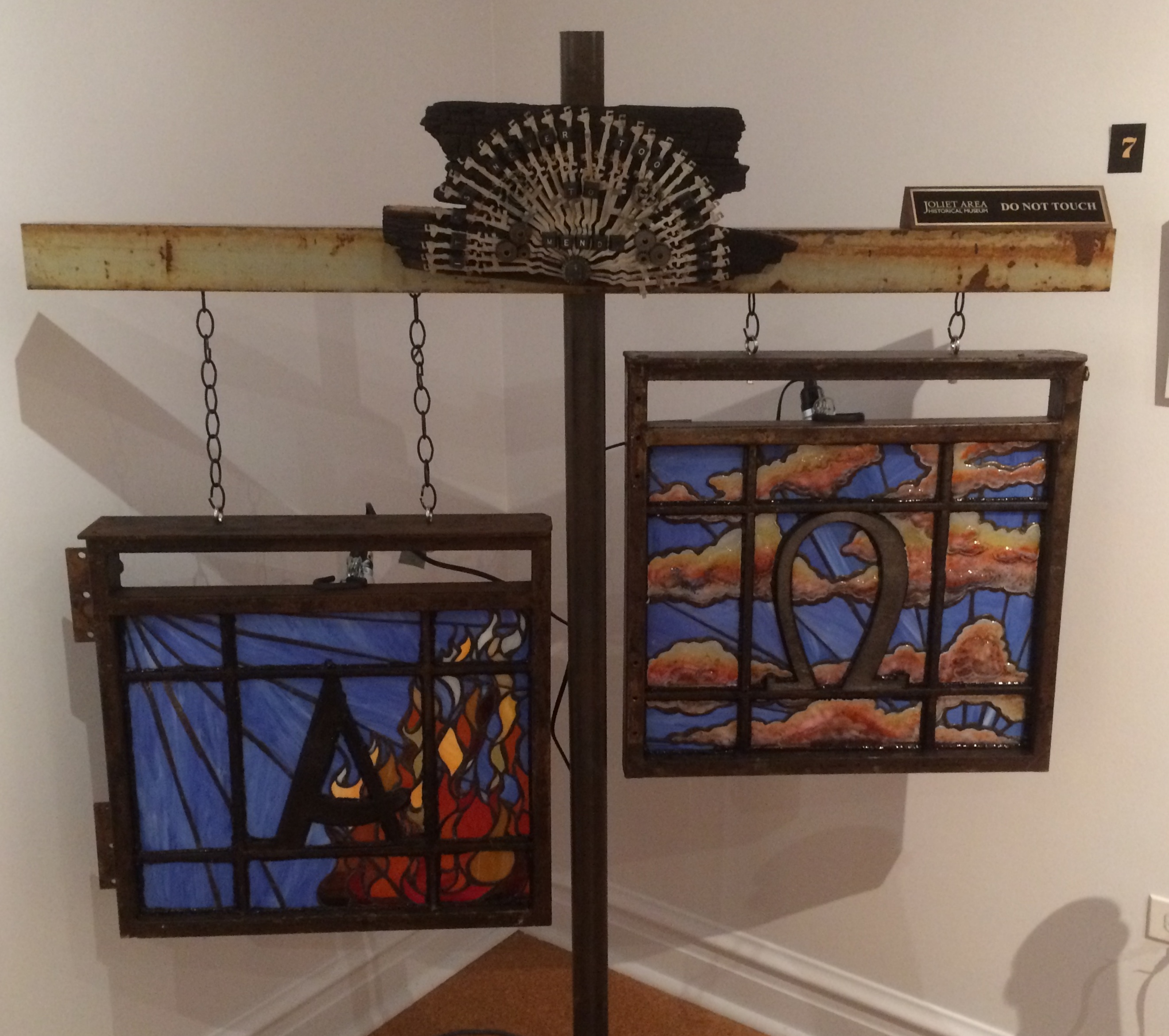 Remarkably, the work is by a 7th grader named Sophia Benedick. The words on the work are, “It’s Never Too Late to Mend.”
Remarkably, the work is by a 7th grader named Sophia Benedick. The words on the work are, “It’s Never Too Late to Mend.”
There is also a room in the museum devoted to John Houbolt. He was the NASA aerospace engineer who pushed successfully for lunar orbit rendezvous for Apollo, a concept that made the landing possible by 1969. I’d read about him before (and seen him depicted in the superb miniseries From the Earth to the Moon), but missed the detail that he went to high school in Joliet.
Besides the museum, we spent a short time in downtown Joliet. One of these days, I want to attend a show at the Rialto Square Theatre. Supposed to be pretty nice on the inside. The outside’s not too bad either.
 On the grounds of the Joliet Public Library downtown is Louis Joliet himself.
On the grounds of the Joliet Public Library downtown is Louis Joliet himself.
 Unlike Jebediah Springfield, he didn’t purportedly found the town or anything. Joliet just passed this way.
Unlike Jebediah Springfield, he didn’t purportedly found the town or anything. Joliet just passed this way.

